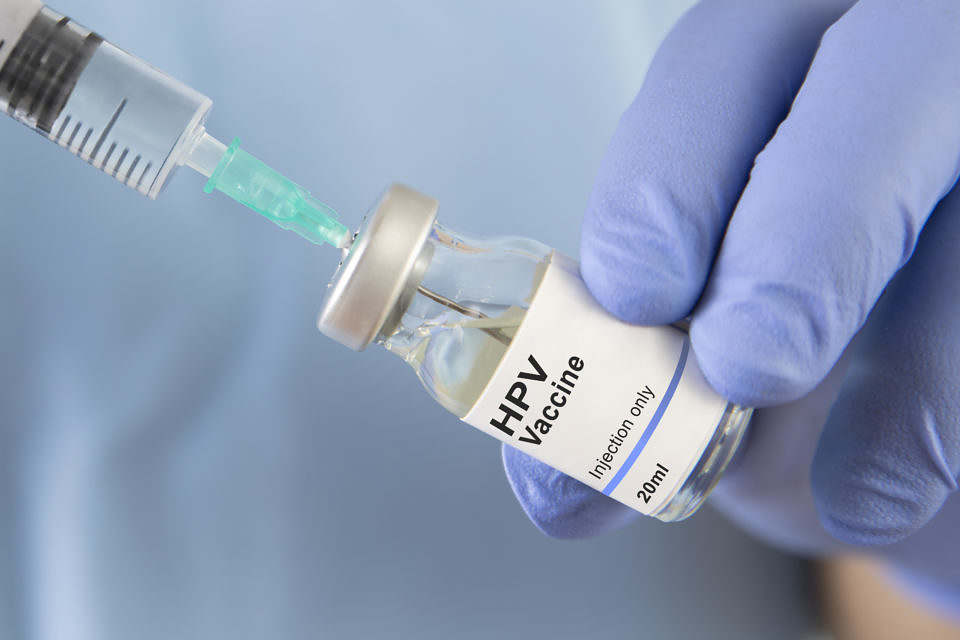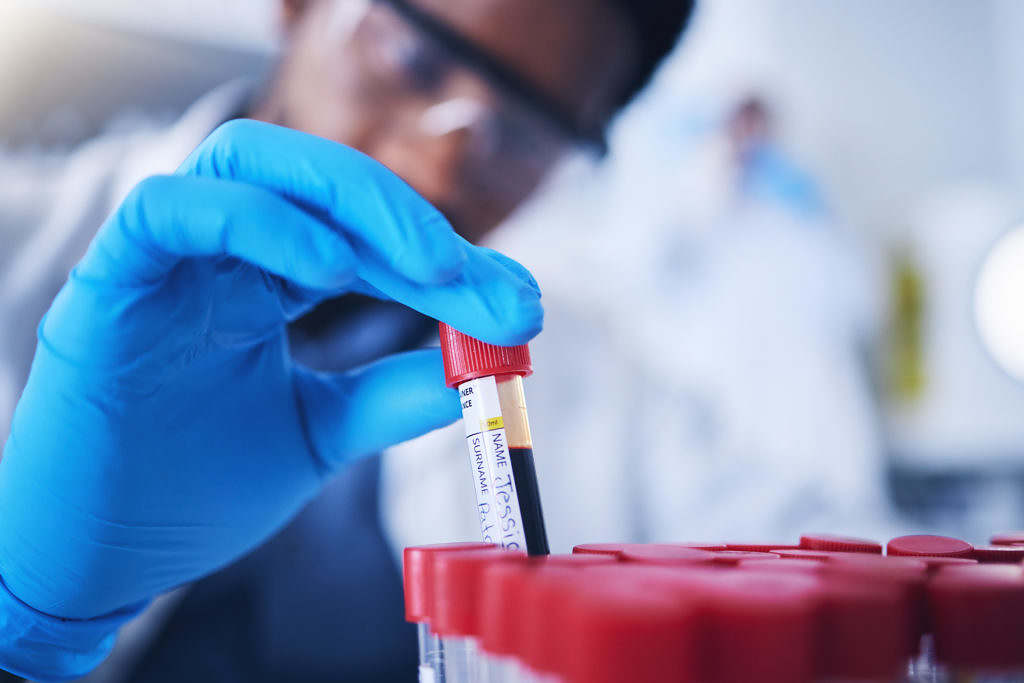|
Getting your Trinity Audio player ready...
|
A dangerous virus may be lying dormant in your system right now, and it could carry potentially serious long-term health consequences. It’s called the Human Papillomavirus, or HPV for short. And it is astonishingly widespread.
“The last estimates I saw from the CDC were about 80 percent of sexually active females and around 90 percent of sexually active men at some point in their lives will contract one strand or another of the HPV virus. It’s the most common sexually transmitted disease, actually.”
That’s the observation of Dr. Scott Graupner, DO. An oncologist at Lexington Medical Cancer Center – an award-winning hospital system in the Midlands region of South Carolina – Dr. Graupner deals with the various diseases this virus causes.
“It’s been associated with a number of cancers,” he told us. “Most commonly throat cancer and cervical cancer. But also anal cancer, penile cancer, and vaginal cancer as well.”
The good news is that while many sexually active people eventually come in contact with the virus at some point, there are different varieties of it.
“There are multiple different strands of the HPV virus – and not all of them are high risk,” Dr. Graupner explained. “But there are ones that are more high risk for causing cancer. Certainly, strands such as HPV sixteen and eighteen are the more dangerous ones.”
(Click to view)
Researchers made an important discovery when a common procedure used in women’s health care – the Pap smear – came into widespread use during latter half of the last century.
“The link with cervical cancer being caused by the HPV virus came about when they first developed the Pap smear and found these viral inclusions in there,” Dr. Graupner said. “Cervical cancer rates were going up for a while, and then they developed this way to discover when people were becoming at risk for developing high-risk lesions that would become cervical cancer during the Pap smears. That it least caught it at an earlier stage.”
Scientists then took that knowledge and expanded upon it.
“More recently, they’ve developed vaccinations that cover the HPV 16 and 18 strands,” Dr. Graupner continued. “Young women in their early twenties are starting to see a decreased rate of cervical cancer now.”
The dangers posed by the more potent HPV strands extended to other parts of the body as well.

***
“A lot of throat cancers, especially those traditionally associated with smokers, come into play, too,” Dr. Gaupner noted. “We started seeing that as smoking rates were going down, throat cancer rates were still going up. And then we were seeing it appearing more in non-smokers. That was when they found this link between HPV infection and these cancers, especially in non-smokers. So that’s something we test for now with all throat cancers. If it is associated with the virus, they actually tend to do better than people with traditional throat cancer from smoking.”
Dr. Graupner says South Carolina isn’t immune from the virus’ spread nationally.
“I’d say we’re about on par with the rest of the country with head and neck and cervical cancer rates,” he said.
But he added there’s reason to be hopeful. New tools are helping more and more patients skip those diseases entirely. “These new HPV vaccines that protect against the 16 and 18 strands, the more dangerous strands, are producing benefits, especially for younger people. What we’re seeing now are adults who were already exposed pre-vaccine. But the hope is that those types of cancers, like the cervical cancers we’re seeing in the younger females, will start going down over time once you have the population that’s more vaccinated reaching the adult age.”
Speaking of age, generational factors come into play with addressing HPV. Consider Baby Boomers who are now in their senior years. But other factors come into play as well.
(Click to view)
“The median age is going to be around fifties to seventies for developing throat cancer and things like that,” Dr. Graupner confirms. “We do see even higher rates in the general population of immunosuppressed people, those with other immunosuppressive viruses such as HIV. They tend to have even much higher cancer rates than people with just HPV alone.”
Still, as new vaccines emerge and earlier detection trends continue moving in a positive direction, Dr. Graupner says there is reason to be hopeful. Additionally, other medical disciplines are now also on the lookout for tell-tale signs of trouble in patients.
“For example, with all the general teeth cleaning and looking underneath your tongue and look in the back of the throat, dentists now check for indications of throat cancer. One of the first referrals that ENT doctors get for early throat cancer is from dentists nowadays. Many have established it as part of their daily routine when they do their dental visits.
The FDA has approved HPV vaccinations for boys and girls as young as age 11. And while they are important, Dr. Graupner says vigilance and annual checkups remain the first line of defense against many HPV-related cancers.
“For females 21 and over up to about age 60, a Pap smear is recommended. It’s usually done by either a gynecologist or primary care provider. And certainly, if you notice abnormal swelling in the throat or the base of the tongue, things like that, see your doctor. The sooner, the better.”
***
ABOUT THE AUTHOR…
J. Mark Powell is an award-winning former TV journalist, government communications veteran, and a political consultant. He is also an author and an avid Civil War enthusiast. Got a tip or a story idea for Mark? Email him at mark@fitsnews.com.
***
WANNA SOUND OFF?
Got something you’d like to say in response to one of our articles? Or an issue you’d like to address proactively? We have an open microphone policy! Submit your letter to the editor (or guest column) via email HERE. Got a tip for a story? CLICK HERE. Got a technical question or a glitch to report? CLICK HERE.





5 comments
HPV vaccines are a must for boys and girls at age 11-12!
Gardasil and Cervarix are proven safe and effective (unlike some of your more recent vaccines)! 57,000,000 doses in the US, 22,000 (0.04%) “adverse reactions” and of those 92% (20,240) were non-serious (fainting, pain and swelling at the injection site (arm), headache, nausea and fever)
After the lies surrounding the Covid vaxxes, this will be a hard sell to make. Do I trust fate or Big Pharma more? Hmmmm…
Enjoy your diarrhea from your farm animal medication then.
Need I remind you that more people are maimed and killed each year in the US from medical malpractice, than from gunshots.
Don’t do it. It’s the deep state again. How do you know what is in that vaccine? Only sheep would take the government’s word on this. You can’t trust the statistics provided by the government. Who is Big Pharma paying at the CDC? How do we know the HPV was not concocted in a Chinese Lab to react with this vaccine?